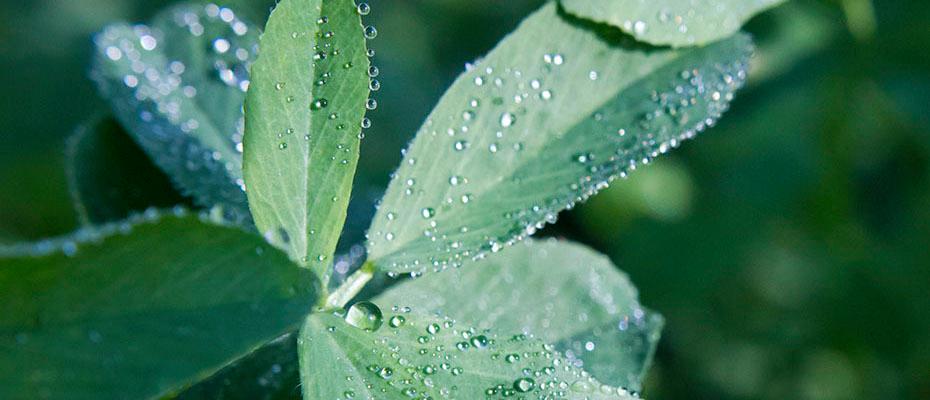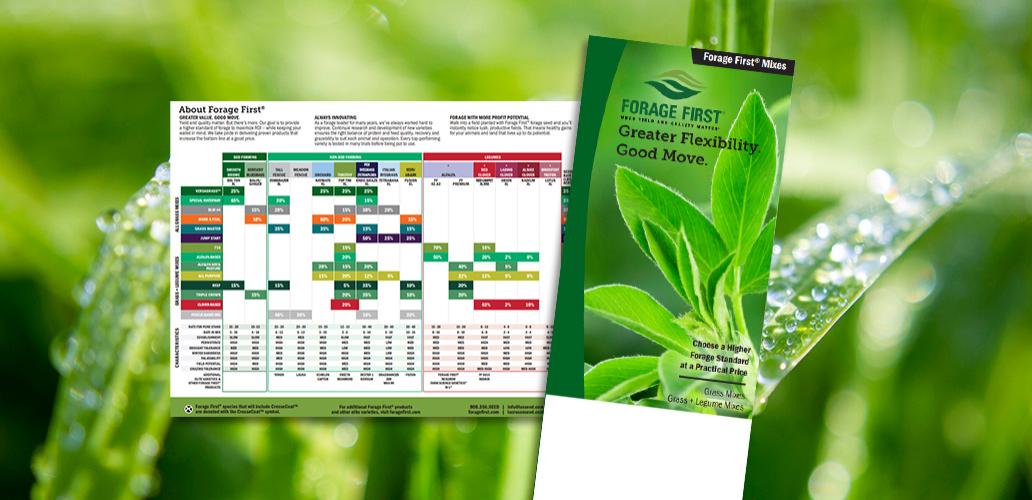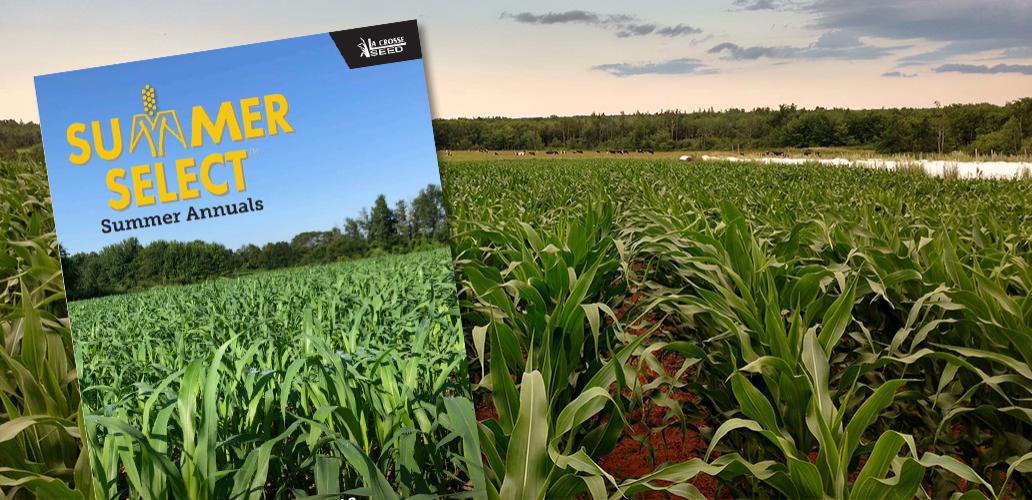Forage First Guide I Summer Select Guide
Greater Value. Good Move. Yield and quality matter. But there’s more. Our goal is to provide a higher standard for forage to maximize ROI– while keeping your wallet in mind. We take pride in delivering proven products that increase the bottom line at a good price.

FF 42.A3 is a next generation alfalfa with an enhanced disease package. FF 42.A3 offers growers the ability to help protect yield potential.
- Industry leading disease package offers enhanced multi-race protection against Aphanomyces*
- Excellent forage yield with improved forage quality
- Patented Anthracnose** technology helps protect yield potential
- 7 years forward breeding disease resistance/cold tolerance from 42.A2
- Very high multifoliate leaf expression
*Includes race 1 and race 2 protection. In addition, Forage Genetics International, LLC (FGI) has identified a novel source of Aphanomyces resistance in the greenhouse and field that visibly outperforms unrelated varieties on the market when grown under natural or artificial disease pressure. FGI researchers have been working cooperatively with universities collecting and testing the most virulent strains of Aphanomyces to help determine the level of resistance to this novel source.
** Includes race 1 protection, along with Anthracnose Race 5, which was recently confirmed by USDA’s Agricultural Research Service.
CHARACTERISTICS:
Overview:
Cutting System: 3-5
Fall Dormancy: 4.0
Winter Survival: 1.1
Total DRI: 35/35
Disease & Pest Control:
Phytophthora Root Rot: HR
Verticillium Wilt: HR
Anthracnose: HR
Bacterial Wilt: HR
Fusarium Wilt: HR
Aphanomyces Race 1: HR
Aphanomyces Race 2: HR
Pea Aphid: R
Potato Leafhopper: NR
Stem Nematode: NR
Characteristics:
Establishment: Med
Persistence: Med
Drought Tolerance: Med
Winter Hardiness: High
Palatability: High
Yield Potential: High
Grazing Tolerance: High
Resistance Ratings:
HR = Highly Resistant, 51% or more resistant plants
R = Resistant, 31 – 50% resistant plants
MR = Moderately Resistant, 15 – 30% resistant plants
LR = Low Resistance, 6 – 14% resistant plants
S = Susceptible, 0 – 5% resistant plants
NR = Not Rated
SEEDING:
Seeding Rate:
Alone (lbs./acre): 15-20
Mixes (lbs./acre): 8-10
Seeds/lb.: 227,000
Depth (in.): 1/4 (fine textured soil); 1/2 (sandy soil)
Planting Time:
Mar.-May; Aug.-Sept.
Emergence (days): 7
Life Cycle: Perennial
Adaptation:
Grows best on deep, well-drained, friable soil with pH 6.5-7.5.
Establishment:
Plant alfalfa seed in clean, smooth, firm seedbed with adequate moisture. Ensure good surface drainage. Do not seed as first crop on newly leveled land where fill may settle and cause poor surface drainage. A combination drill and packer is desirable. Cultipack soil before and after seeding to help stand establishment.
Spring seeding can occur 30 days before last killing frost. Late summer-sown alfalfa seed can also be successful. Allow for adequate growth prior to first killing frost.
MANAGEMENT:
Rotational Grazing:
Graze early bloom (1/4 in. bloom) to 2 in. Potential bloat hazard. Use caution when grazing. Alfalfa best withstands grazing if rotated frequently or grazed in small strips.
Hay or Haylage Harvest:
Cut early bloom; last cutting should be 3-4 wks. before first killing frost.

Ratings
Scale 1-9, where 9 = best or most pronounced
Phytophthora Root Rot
Verticillium Wilt
Anthracnose
Fusarium Wilt
Aphanomyces Race 1
Aphanomyces Race 2
Pea Aphid

.png)
.png)


.png)










